Why aren’t the New York Jets using Denzel Mims more?
Denzel Mims is the most controversial player on the New York Jets’ roster right now.
A second-round pick just a year ago, Mims only played three offensive snaps against the Panthers in Week 1 despite the absences of Jamison Crowder and Keelan Cole.
Three snaps were all Mims needed to record the longest reception of the day for the Jets, a 40-yard bomb down the left sideline from Zach Wilson in the fourth quarter to set up New York at the Carolina 10-yard line.
With Mims seemingly producing as soon as he got on the field, many fans have been questioning why he wasn’t playing more to start with.
According to head coach Robert Saleh during his Monday presser, via the New York Jets public relations transcript, Mims was on the bench because he is still learning the playbook.
“When you’re not one of the main three (wide receivers) you got to know all three spots, and you got to know them at a high level so you can step in and take advantage of all those opportunities.”
Mims has been more or less playing catch-up his entire Jets career.
He missed time in his rookie training camp with a hamstring injury. Then, he injured his other hamstring before Week 1, which landed him on injured reserve. Mims returned for the final nine games of the year and caught 23 passes for 357 yards, flashing his potential as a boundary threat but never dominating on the stat sheet consistently.
The 2021 offseason brought more of the same troubles with Mims missing time in OTAs and minicamp due to food poisoning.
Apart from the illness, Mims was and is learning his second offensive scheme in as many years.
Coming out of Baylor, Mims ran a limited route tree as a boundary receiver and primarily won with athletic talent rather than precise route-running. Winning with pure athleticism is not a bad thing, but in the pros—where everyone is athletic—technique is vital to consistently succeed.
Mims had a lot to learn.
The Jets’ new offense, under offensive coordinator Mike LaFleur, is derived from Kyle Shanahan’s San Francisco 49ers offense. The Shanahan offense is known for its ability to maximize the players within it.
However, while beneficial in the end, the Shanahan offense is also incredibly complicated to learn, especially for wideouts.
Most routes in the playbook have multiple variations or adjustments. Defensive looks pre-snap, post-snap rotations, coverage indicators, and even the receiver’s own split all affect how the routes are run.
To further explain how complicated the offense is, here are a few routes from the 2018 49ers route tree:
In this scheme, even a simple quick-out is finely detailed. This is an “Omaha” route, a five-yard quick-out made famous by Peyton Manning.
Like most routes in the Niners’ offense, alignment and coverage can change the route entirely.
If the corner is in a cloud zone, the route converts to a sideline fade. If the corner is pressing, the route stays the same. When the receiver is outside the numbers, he runs a square cut on the break. When he’s inside the numbers, it becomes a speed cut.
Here’s an “Attack” route, an inside curl designed to, fittingly, attack the MIKE linebacker. The receiver will change his break depending on the MIKE’s coverage responsibility. Against Tampa 2, the receiver will “replace” the MIKE, filling the void left by the Mike dropping deep.
If it isn’t Tampa 2, the receiver works between the hashes to find a spot between zones. If it’s man coverage, the receiver breaks back outside away from the leverage of the defender.
The receiver and quarterback don’t know how the route will be run until after the ball is snapped. If they aren’t on the same page, or if the receiver makes the wrong choice, it can and will lead to interceptions.
Finally, we have a trio of routes all based on a “Read” route. It’s called a “Read” route because the receiver has to read the safety down the field and break based on the safety’s leverage.
If the safety is flat-footed, the receiver continues vertical and tries to run past him. If the safety is backing up, the receiver converts the route to a deep curl before looking back for the ball. Like before, the route is undecided until after the snap, and an incorrect read can ruin the play entirely.
The next two routes are adjustments of the “Read” – “Read Out” and a “Read Takeoff.”
The “Read Out” looks just like a regular “Read” for the first 15 yards, but instead of reading the safety, the receiver rolls to a deep-out at 25 yards.
A “Read Takeoff” is more of the same, but the receiver never stops to actually read any defenders, they simply get vertical.
Both routes are designed to look like a normal “Read,” so it’s imperative that the receiver makes all three look identical for the first 15 yards. If not, the defense won’t be fooled.
Get Started: Learn More About Becoming A Jet X Member
Denzel Mims just needs time
Considering Denzel Mims’s situation, missed practice time and an underdeveloped route tree, it’s not surprising to hear that he’s still learning.
Mims is not a bad player and his stunted growth shouldn’t be a reason to cast him aside entirely. That said, if he doesn’t know the intricacies of the plays, it’s risky for the offense to have him on the field excessively. An incorrect read could lead to a busted play, or worse, a turnover.
The best thing for Mims and the offense as a whole is to ease him along slowly while he irons out the kinks.
It’s a long season, even longer than usual with the new 17th game. Do not start pushing the panic button on Mims. There is plenty of time for him to learn and start producing at the rate he is capable of.
Mims’s current status as “behind” should not fully be viewed as an indictment; it’s instead an understandable outcome based on his circumstances.
Trust the coaches, and more importantly, trust the system. The Shanahan offense has been proven time and time again across the NFL for decades. It may look basic on the surface, but that’s the point.
The devil is truly in the details.
Mims will grow in time and will start seeing the field more and more as he learns. Patience is a virtue, one many Jets fans understandably lack; but when it comes to Mims, patience truly is key.

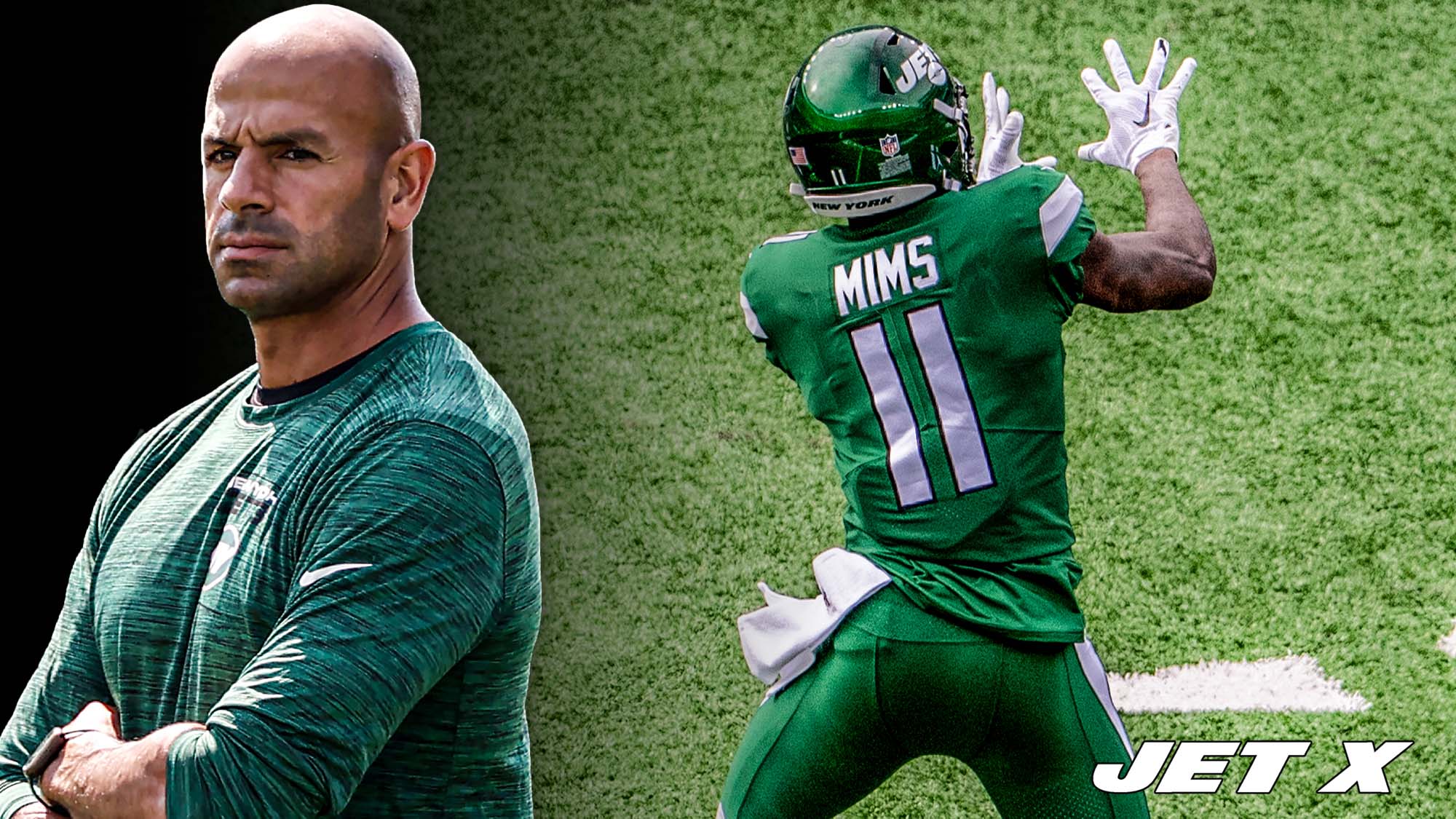
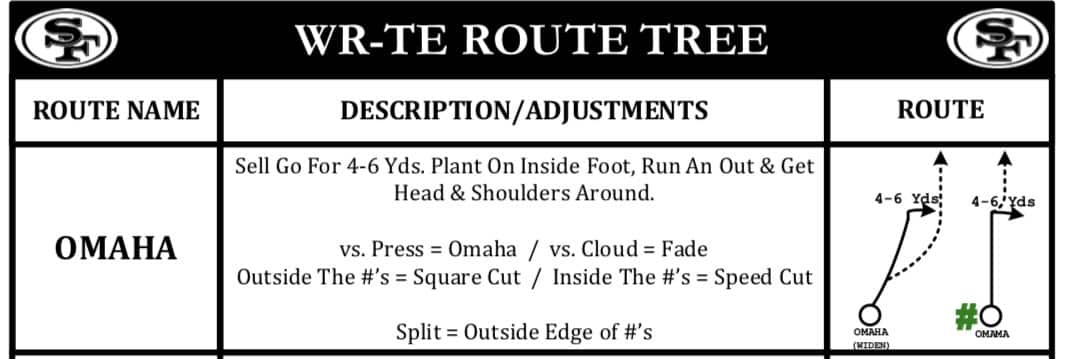

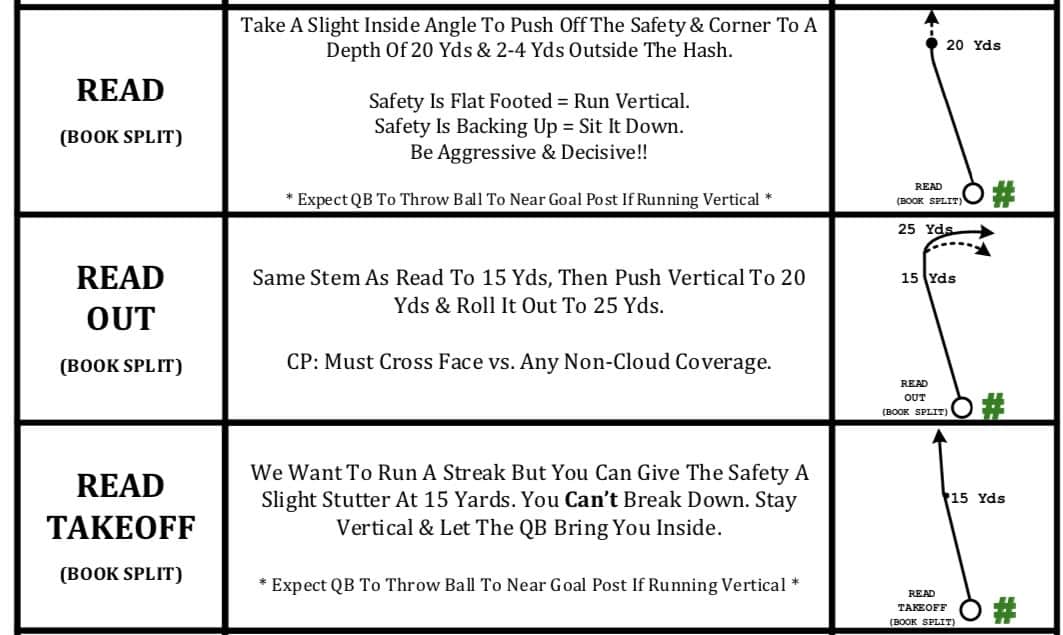
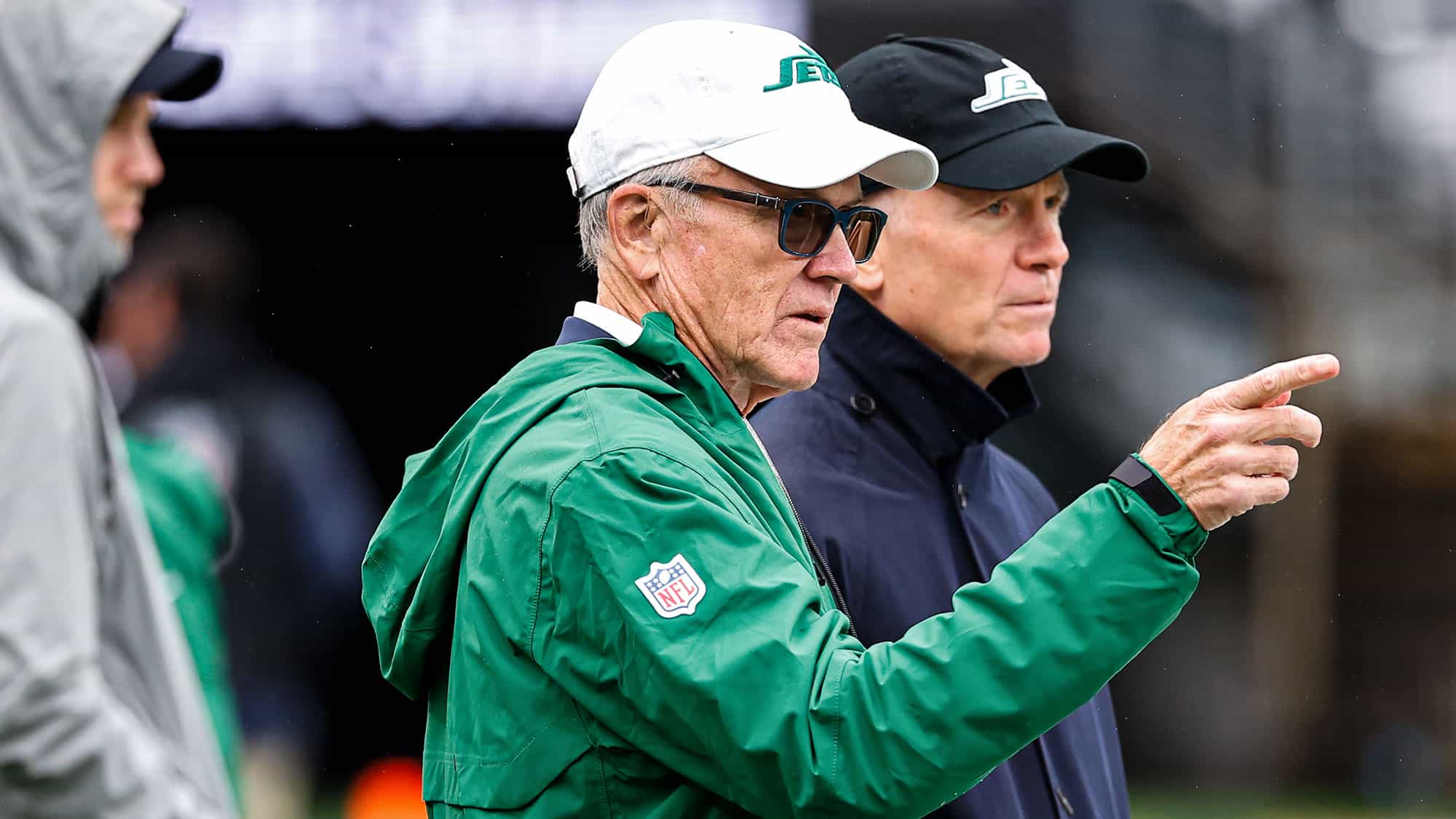


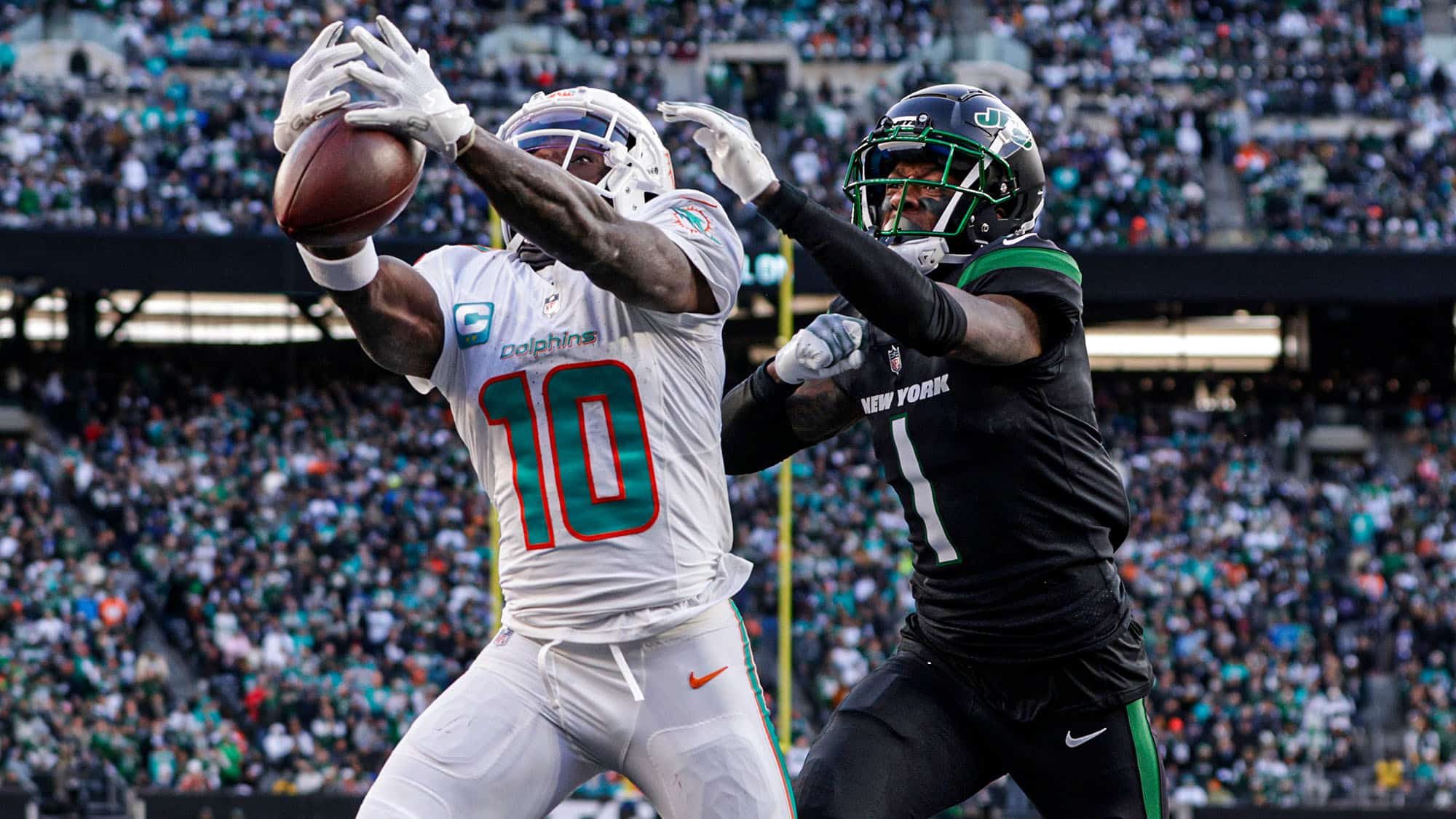



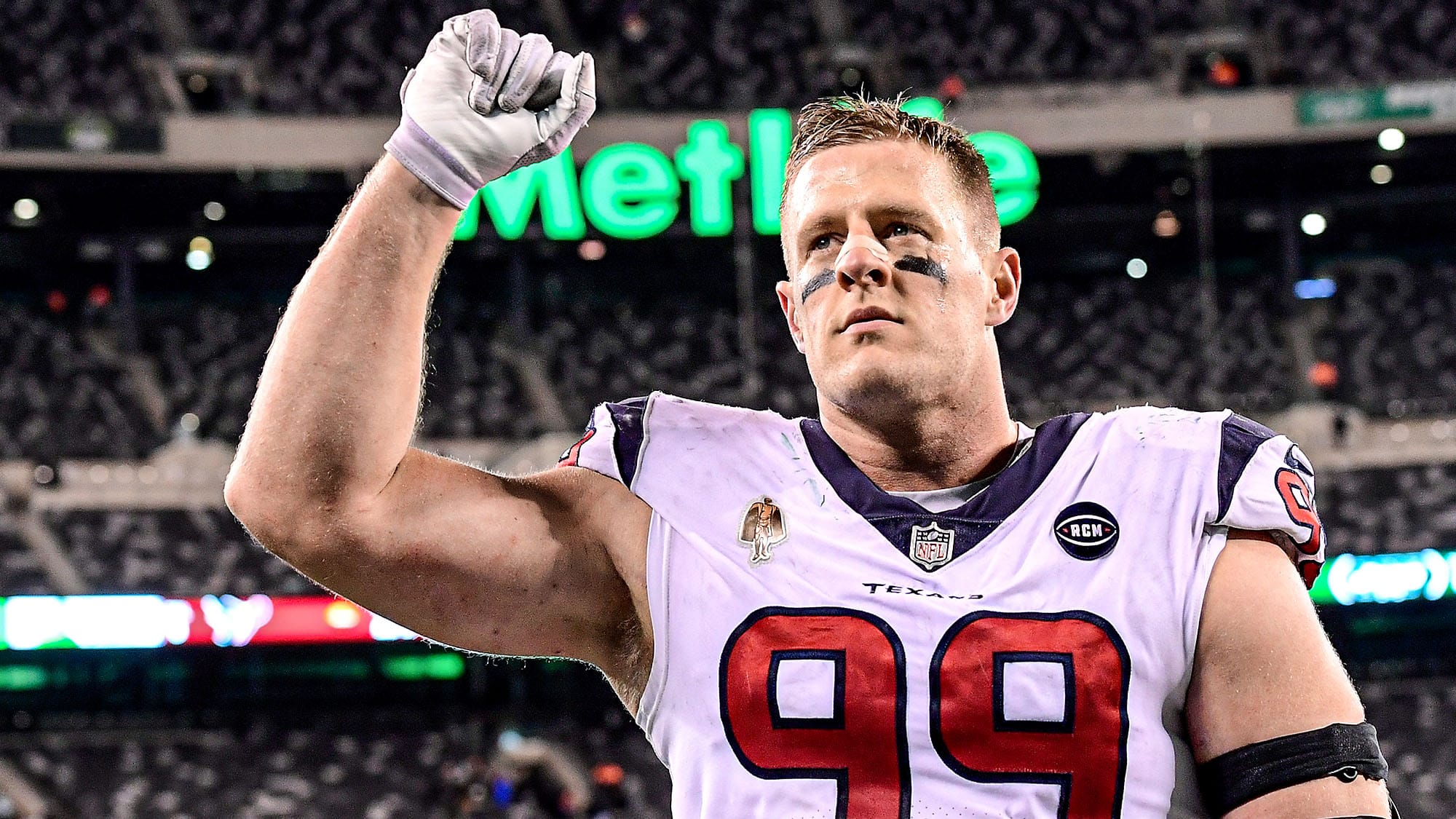

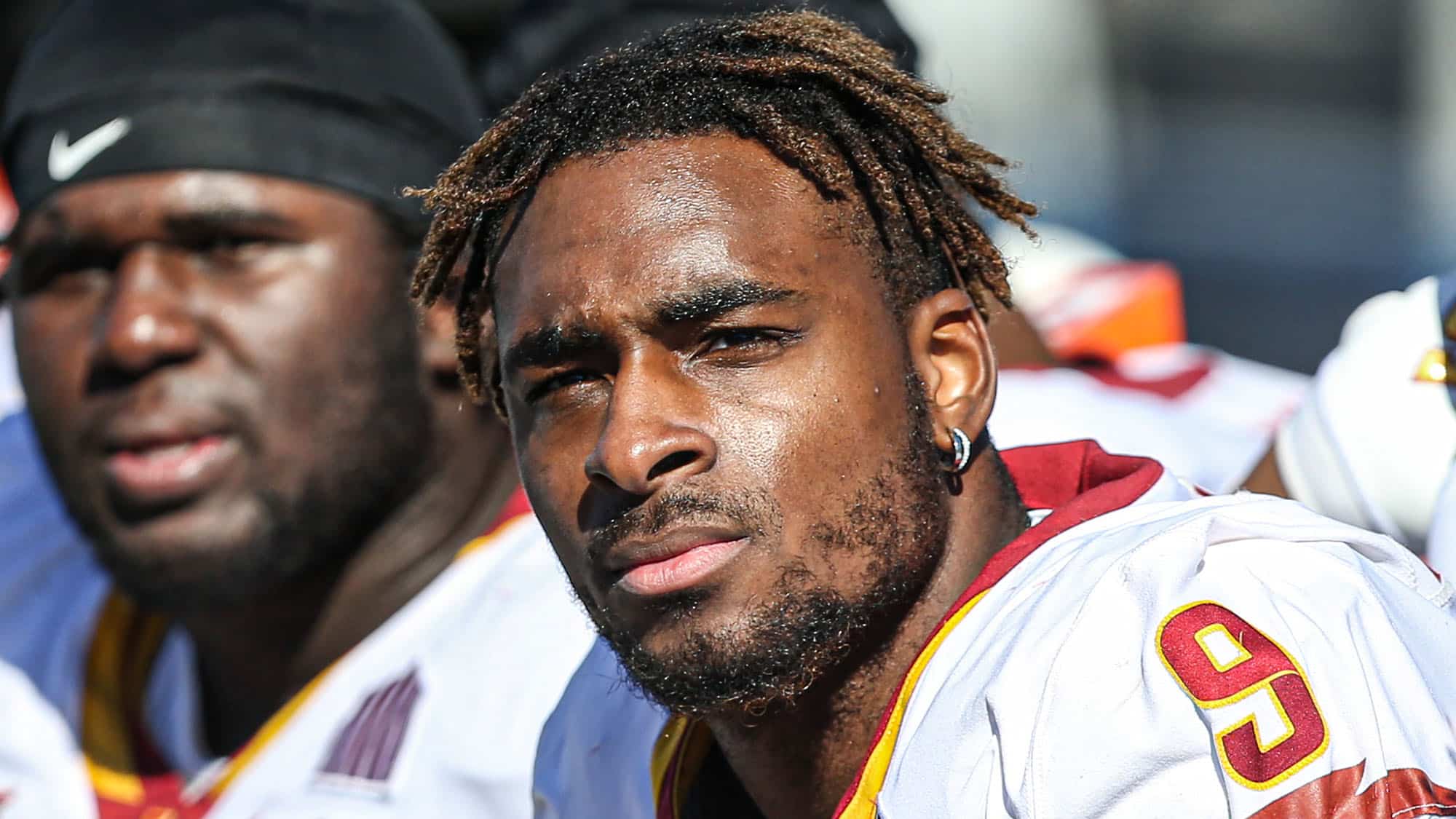
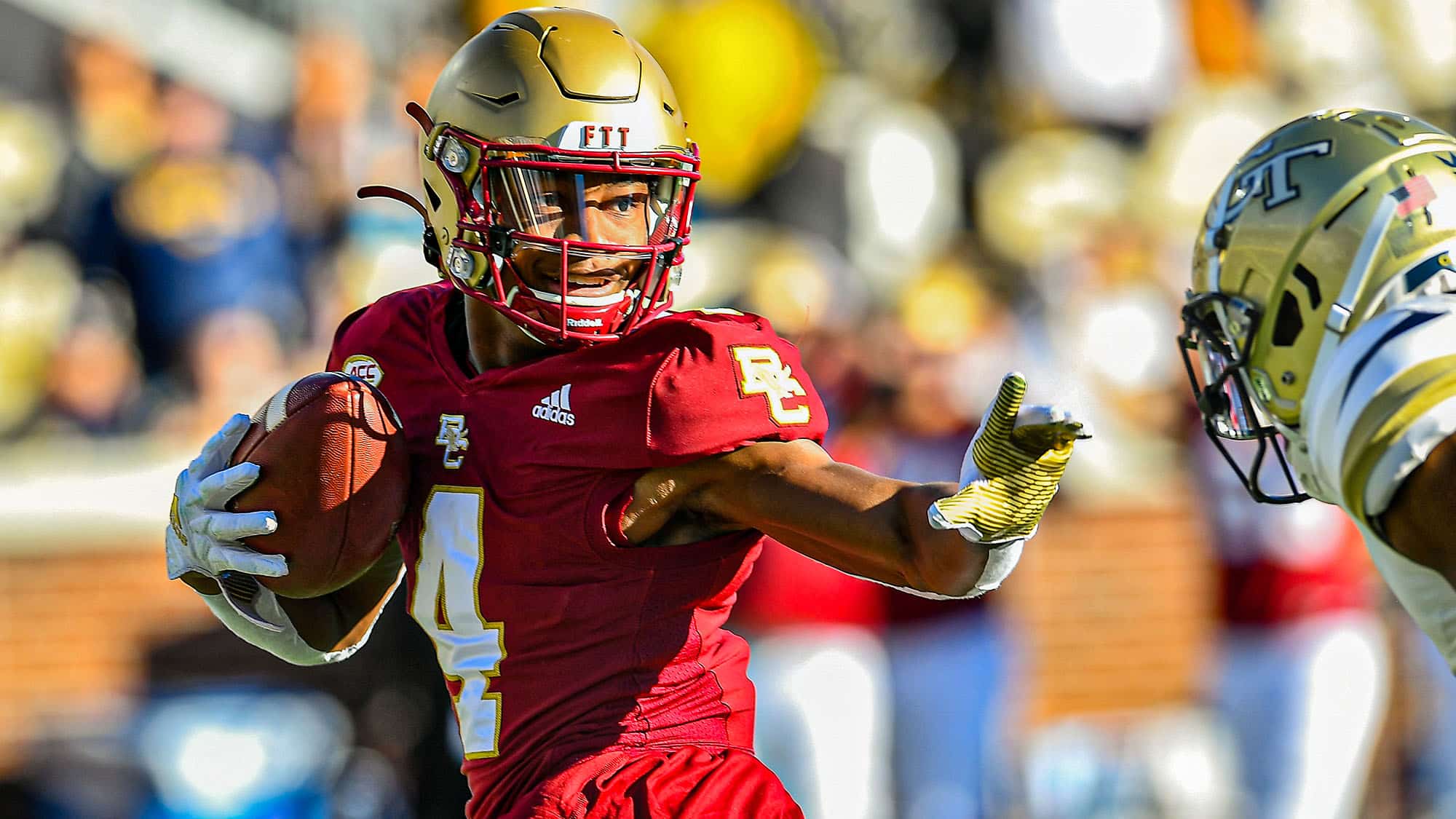
I’m not buying it. If you have a player that has Mims level of talent, you reduce the route tree and combinations to get him on the field. Braxton Berrios may have the complete playbook nailed, but he isn’t winning a jump ball in the end zone when the game is on the line…
Finally an explanation that makes sense, thanks Andrew. I think I might get some sleep tonight ;0)